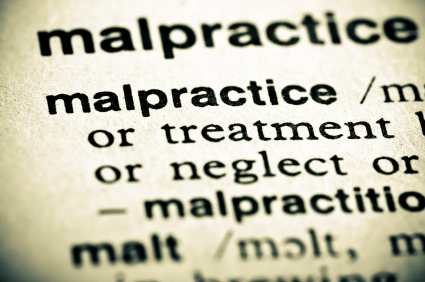After being injured due to another’s neglectful actions, your head is likely spinning with everything going on around you. Along with talking to law enforcement, medics, and loved ones regarding the events surrounding the accident, you are also thinking about all of the potential medical costs and time you’ll have to spend away from work. During this chaotic time, where you feel pressured from dozens of people, seeking compensation for your injuries is often not a high ranking priority. When exactly is the best time to seek legal counsel on your personal injury case?
Medical Expenses: While immediate action is always best, it is understandable that you cannot go directly to a lawyer or legal professional. After the accident has happened, the first thing you should do is receive medical attention. If you are afraid that you will not be able to afford the necessary treatment, now is an ideal time to talk with an attorney. They can often direct you to a health care provider that can work with you and your insurance plan. Often, the lawyer can negotiate an agreement with the company that will defer payments until after your case has been settled and you have sufficient funds for the bills.
Insurance Adjusters: Shortly after contacting your insurance company and notifying them about an accident, you will be contacted by an adjuster or a representative from the insurance company. The same is true after the filing of a police report. Before discussing the incident with the insurance company, it is important to seek legal counsel. While you may think you said nothing of importance to the adjuster, you may have said enough for them to build a case against you, resulting in a significantly smaller reward at settlement. A lawyer will assist you in the process and tell you how to best handle a call from the insurance company to avoid weakening your case.
While you may not think that your injuries are significant enough to warrant a lawsuit, it is in your best interest to seek legal counsel from an attorney in the personal injury field. If you are unsure of where to turn after sustaining an injury as the result of another’s negligence, turn to Go Justice. We will provide you with a free consultation and help you decide on the best course of action, as well as recommend a trusted lawyer to handle your case should you choose to sue.





